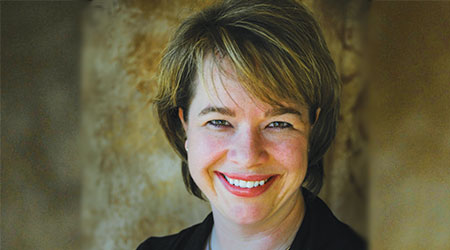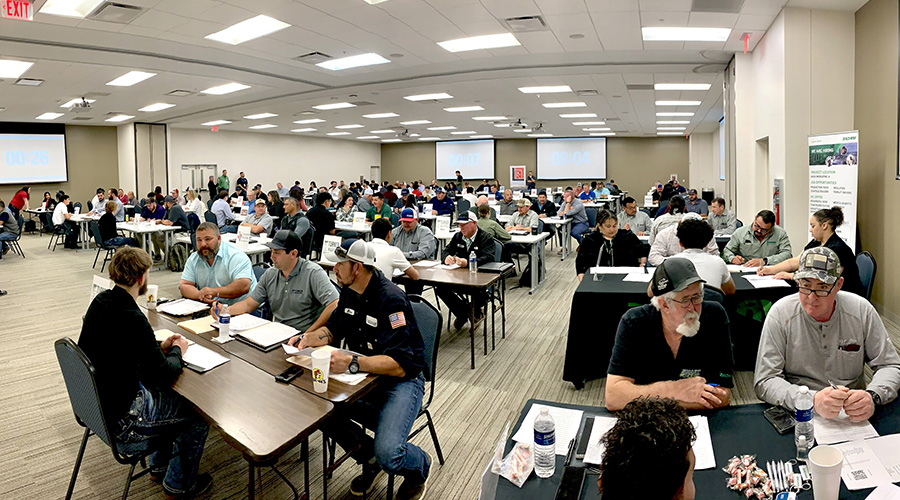The Evolution of Facility Management
Throughout the years, the profession of facility management and facility maintenance have changed and standards need to follow suit.
The facility management profession has long pushed for recognition. Facility management has evolved over decades, from individuals performing and maintenance on a few buildings to managers who now oversee maintenance and operations of large building portfolios.
Managers today also are responsible for capital projects, facility performance, space issues, customer service and amenities, and they are deeply involved in and leading real estate transactions and strategic planning efforts.
The profession certainly has evolved, and managers’ responsibilities have increased. But there is something missing, something we are still craving as a profession. We talk about it in terms of having a seat at the table, being part of or having access to the C-suite, and being identified as key contributors to the organization. More than recognition, though manager seek a level of professional respect.
Definition discussion
Enter standards. One of my favorite definitions of “standard” comes from BusinessDictionary.com, which defines a standard as “a universally or widely accepted, agreed upon, or established means of determining what something should be.” Standards provide a common framework and language that helps define what is acceptable and not acceptable, what is in and what is out. They are the underpinning of professions and help us understand the training and qualifications that managers must attain to achieve professional status.
Organizations such as the International Facility Management Association and APPA have been developing educational offerings, credentials, and tools and resources that we have come to rely on as we navigate the evolving worlds of facility management and our careers. Other organizations, such as Building Owners and Managers Association International, have created particular standards for use on certain aspects of facility management, such as measuring space consistently.
At the international level, the International Organization for Standardization (ISO) has developed several facility-related standards. Many of us know of ISO through the widely recognized quality management and quality assurance standard, ISO 9000.
ISO’s management system standards do not prescribe a required result or performance as some standards do. Instead, they provide a framework that an organization can use to create consistency in performance using a plan-do-check-act model. The primary standards that touch the facilities world include:
• ISO 9001 — Quality management systems
• ISO 14001 — Environmental management systems
• ISO 22301 — Societal security — Business continuity management systems
• ISO 45001 — Occupational health and safety management systems (unpublished)
• ISO 51001 — Asset management — Management systems.
Related Topics:













